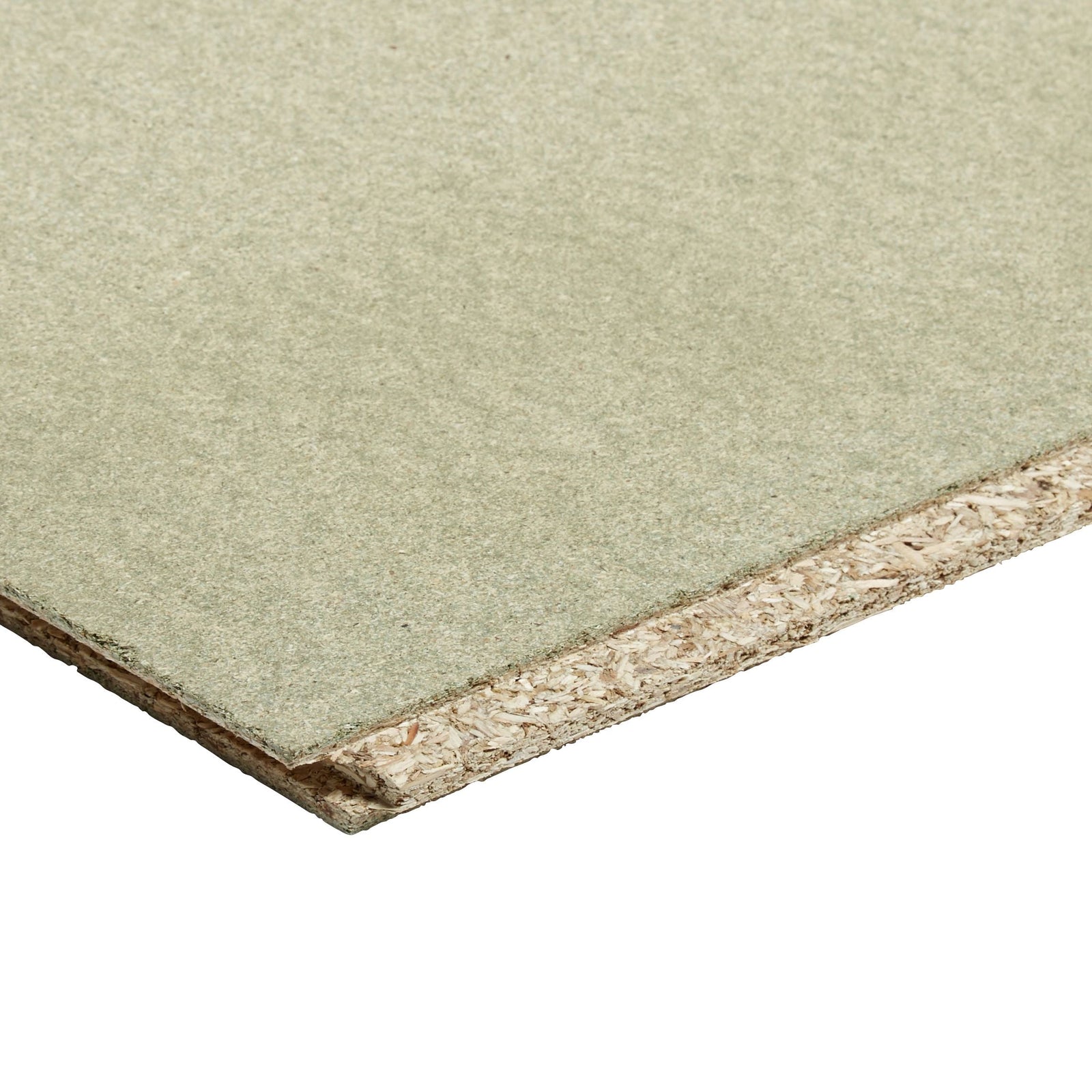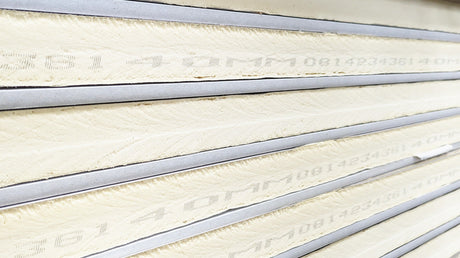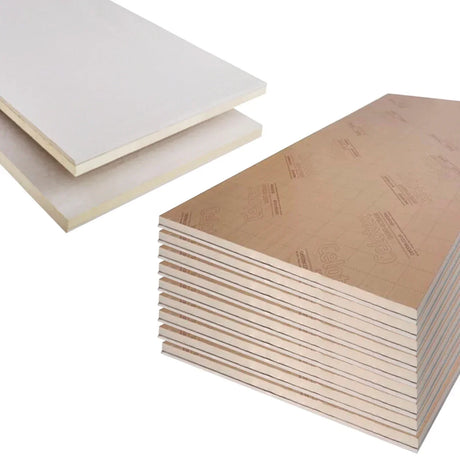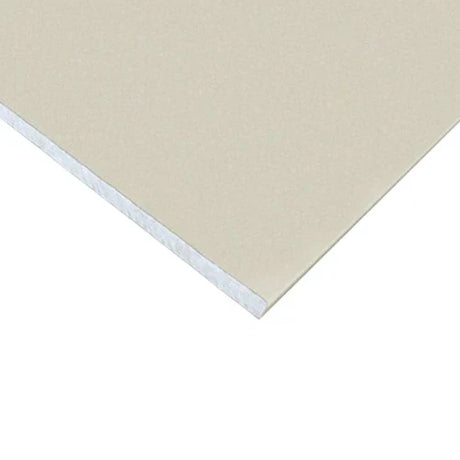Correct orientation and installation sequencing for chipboard flooring significantly influences both immediate quality and long-term performance. Following established best practices ensures optimal structural integrity, minimises movement issues, and creates the ideal substrate for subsequent floor finishes.
The primary orientation principle for standard rectangular chipboard flooring panels concerns staggered joint patterns. Install boards with long edges perpendicular to supporting joists, creating maximum support beneath each panel. More critically, stagger end joints (short edges) between adjacent rows, ensuring no continuous joint lines occur across multiple board rows. This staggered pattern, similar to traditional brick layering, prevents the creation of continuous weak lines across the floor structure that could otherwise concentrate stress and potentially cause issues with subsequent floor coverings. Maintain minimum 300mm offset between end joints in adjacent rows, with greater staggering preferred where practical. This staggered joint arrangement distributes load more effectively across the overall floor structure while minimising the risk of crack transmission through floor finishes applied later, particularly relevant for ceramic tile or natural stone installations where joint alignment could otherwise create vulnerability to cracking.
For tongue-and-groove boards, directional installation requires specific attention. These interlocking panels feature a protruding tongue along one long edge and one short edge, with corresponding grooves on opposite sides. Installation should always position the grooved edges first against walls or existing boards, with tongued edges facing into the room, allowing subsequent boards to be installed with their grooved edges receiving these exposed tongues. This directional consideration proves particularly important when working from multiple starting points, as installation from different directions with incorrect orientation can prevent proper joint engagement when sections meet. Most UK manufacturers indicate preferred installation direction through printed markings on board faces, typically with arrows showing correct orientation or explicit instructions like "This side up" combined with tongue/groove indicators.
Expansion provision represents a critical orientation consideration often overlooked during installation. Chipboard, like all wood-based panels, undergoes dimensional changes with moisture and temperature variations. Allow minimum 10mm expansion gaps against all perimeter walls and fixed obstacles like pipes or stair stringers, never forcing boards tightly against these boundaries regardless of immediate fit quality. For larger areas exceeding 7-8 metres in either dimension, incorporate intermediate expansion gaps at appropriate intervals, protected with suitable cover strips in the finished floor. Orientation planning should identify where these expansion provisions are required based on total floor dimensions, ensuring they align with logical break points in the overall layout rather than occurring arbitrarily mid-room. This expansion accommodation prevents the buckling or lifting that can otherwise occur with seasonal humidity changes or heating system operation causing board expansion without adequate space for movement.
Starting position significantly influences overall installation efficiency and quality. For rectangular rooms, begin in the corner furthest from the entrance, allowing work to progress toward the doorway without requiring traffic across newly-laid sections. Position the first board with grooved edges against the walls, remembering to maintain proper expansion gaps using spacers rather than fitting tightly to walls. For more complex room shapes, identify the longest continuous wall as the primary reference line, establishing a precise parallel starting line using chalk lines or temporary battens secured to the subfloor. This methodical starting approach ensures subsequent rows remain square and parallel throughout the installation, preventing cumulative error that might otherwise create triangulation requiring difficult angle cutting against final walls.
Board layout planning before installation prevents wasteful cutting and optimises structural performance. Calculate room dimensions and board coverage carefully, potentially adjusting starting position to avoid narrow strip requirements at opposite walls. Where cut boards become necessary, ensure no board less than 200mm width occurs at room edges, preferably dividing any shortfall between both sides of the room for balanced appearance and performance. For doorways and room transitions, plan joint positions to avoid board ends falling directly at these high-traffic thresholds where potential movement could otherwise create problems. In hallways or corridors, orientate boards with long dimensions parallel to primary traffic flow direction, minimising the number of cross-joints experienced underfoot while maximising structural support beneath typical walking paths.
Support requirements dictate orientation in relation to underlying structures. Standard domestic chipboard flooring (18mm P5) requires joist support at maximum 450mm centres, while 22mm boards allow extended 600mm centres. Beyond these span limitations, additional support framing becomes necessary regardless of board orientation. For installations over existing floorboards, orient new chipboard perpendicular to the original board direction, creating cross-layering that enhances overall structural stability. This perpendicular installation prevents alignment of weaknesses between layers while distributing loads more effectively. When installing over engineered joists like I-beams or metal web systems, follow manufacturer-specific guidance regarding orientation and fixing patterns, as these may differ from traditional solid timber requirements.
Fixings placement influences orientation decisions, particularly for tongue-and-groove systems. These profiled boards allow two distinct fixing approaches – either vertical screwing through the board face into joists below, or angled screwing through the tongue into joists, concealing fixings beneath the next board's groove. The latter approach creates invisible fixing but requires careful orientation planning, as boards must be installed in strict sequence from one side of the room. Face fixing allows more flexible installation sequencing but leaves visible screw heads requiring countersinking and potentially filling before certain floor finishes. Whichever method is selected, maintain consistent orientation throughout the installation rather than mixing approaches, which could create differential movement or performance issues over time.
Room-specific considerations sometimes override standard orientation guidance. In bathrooms or kitchens where plumbing penetrations create multiple floor interruptions, orient boards to minimise cutting complexity around these obstacles, prioritising solid bearing around pipe collars or service access points. For areas receiving ceramic tile finishes, additional orientation considerations include aligning board joints away from anticipated tile layout patterns where possible, preventing the coincidental alignment that might otherwise transmit board joint movement into tile installation. In highly visible areas receiving transparent floor finishes like clear varnish or light-coloured surface treatments, consider the visual impact of joint alignment and board patterning as additional orientation factors beyond purely structural considerations.
Manufacturing variations between board types require specific orientation attention. Standard square-edged boards allow simple butt-jointing in either direction, with orientation dictated primarily by structural considerations rather than edge profiling. Tongue-and-groove variants require specific directional installation as previously discussed. More specialist flooring chipboard systems incorporate sophisticated locking mechanisms similar to modern laminate flooring, with specific engagement sequences requiring strict adherence to manufacturer installation guidance regarding orientation and assembly direction. Some premium acoustic flooring systems feature specialised edge details designed for specific installation orientations that optimise sound reduction performance. These product-specific requirements take precedence over general orientation principles when manufacturers provide explicit installation guidance for their particular systems.
Environmental conditioning before installation significantly influences subsequent movement behaviour regardless of layout orientation. Acclimatise chipboard within installation spaces for minimum 48 hours before fitting, allowing moisture content to equalise with the environment where it will serve. This conditioning process proves particularly important when materials have been stored in significantly different conditions from installation spaces, such as moving from unheated warehouses to centrally heated buildings or vice versa. Proper conditioning reduces subsequent movement after installation, minimising stress on fixings and joints regardless of chosen orientation pattern. This pre-installation preparation represents a frequently overlooked factor that influences performance outcomes as significantly as physical orientation decisions during installation.
At DIY Building Supplies, we provide comprehensive installation guidance with our chipboard flooring products, ensuring customers understand proper orientation and laying patterns for optimal performance. Our technical team offers specific advice for unusual room configurations or specialist applications, helping achieve professional results through proper installation techniques regardless of project complexity.









